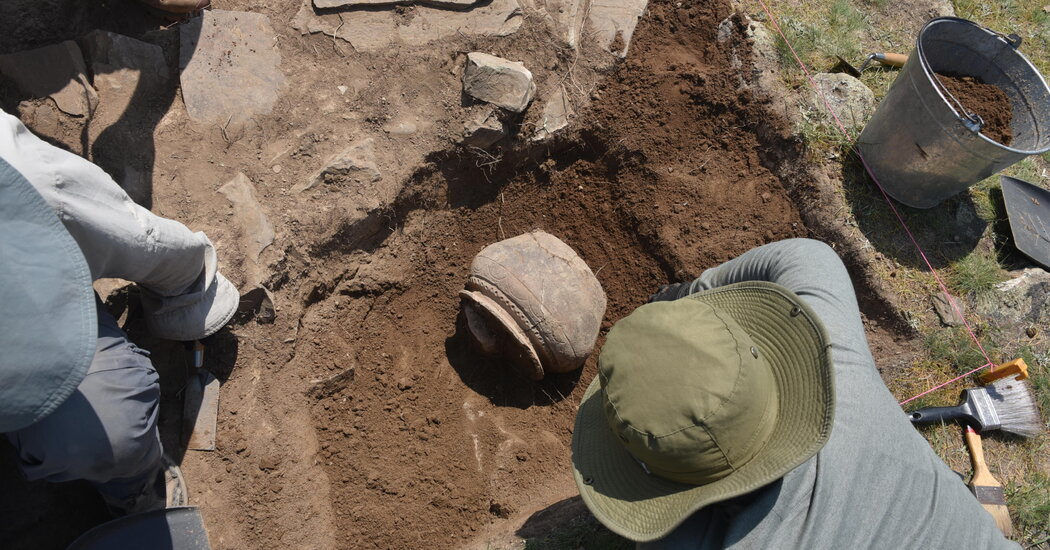The discovery suggests that trade routes along the Silk Road were far more complex than previously understood.
Michael Frachetti was on an archaeological dig high in the mountains of southeastern Uzbekistan in 2015 when a forestry official approached him. “You know, I’ve seen some of those kinds of ceramics in my backyard,” the official said, referring to the artifacts emerging from the dirt. “Come see.”
The casual tip would lead Dr. Frachetti, an archaeologist at Washington University in St. Louis, to Tugunbulak, an enormous fortified city dating back to a medieval empire. He and his team would spend nearly a decade trying to map out the site, as well as the one he’d originally come to Uzbekistan to explore, known as Tashbulak.
The results of their research, published on Wednesday in the scientific journal Nature, describe the two sites as “the largest and most comprehensive urban plans of any medieval city” in Central Asia situated at high altitude (defined here as about 6,500 feet above sea level).
“I can’t tell you how exciting this study is,” said Peter Frankopan, a Silk Road expert at the University of Oxford who was not involved in the study.
The findings complicate the prevailing image of the Silk Road, which facilitated the exchange of goods and ideas between people from China to Venice between the second century B.C. and the 15th century A.D. Many experts had previously thought that the famous trade route passed only through the lowlands.
But in fact, “they were dragging the caravans to the mountains,” said Farhod Maksudov, an archaeologist at the Uzbekistan Academy of Sciences. Because the surrounding Malguzar Mountains were rich in iron ore, Tashbulak and Tugunbulak may have been centers of weapons manufacturing. Dr. Maksudov said that excavations at the two mountain sites had yielded pottery, coins and jewelry, which may have been traded for weapons and other objects.
